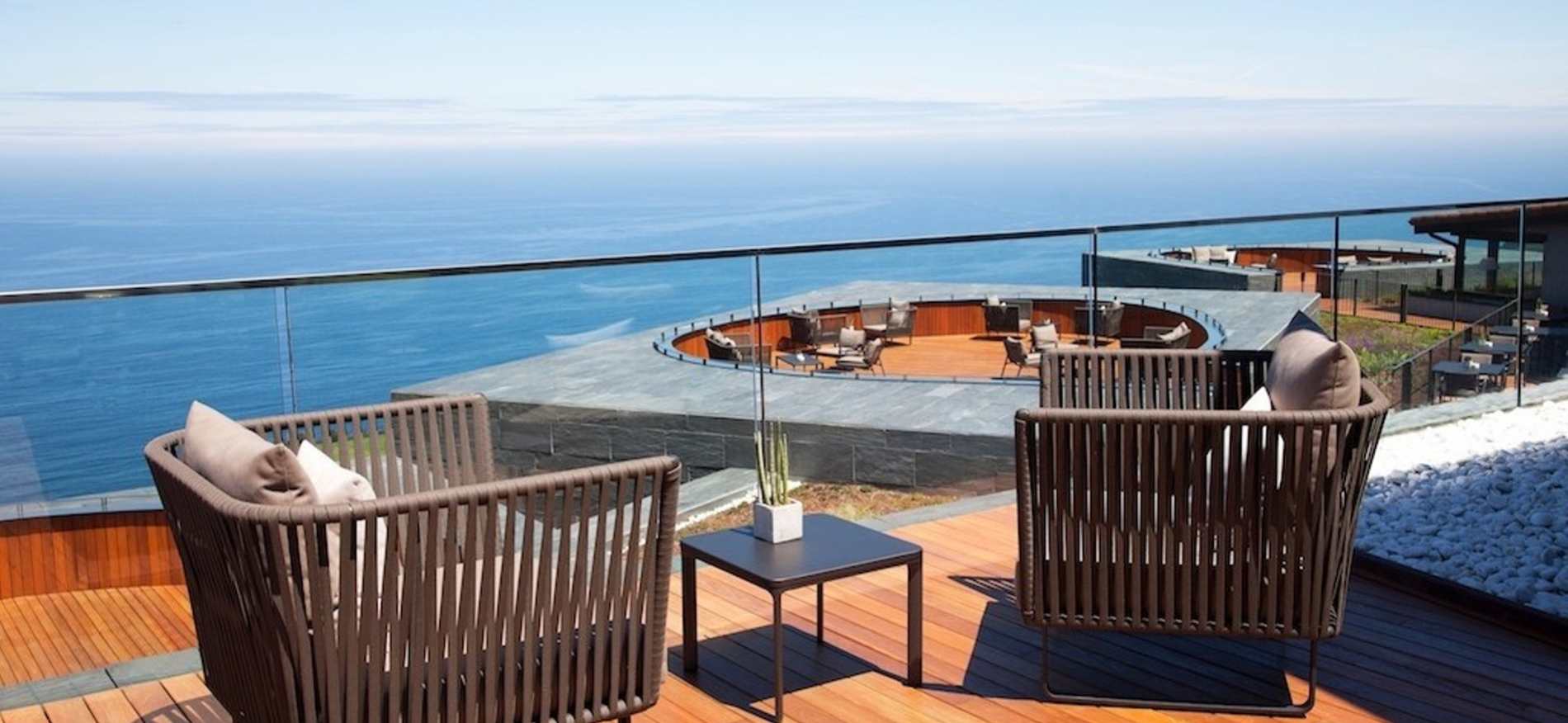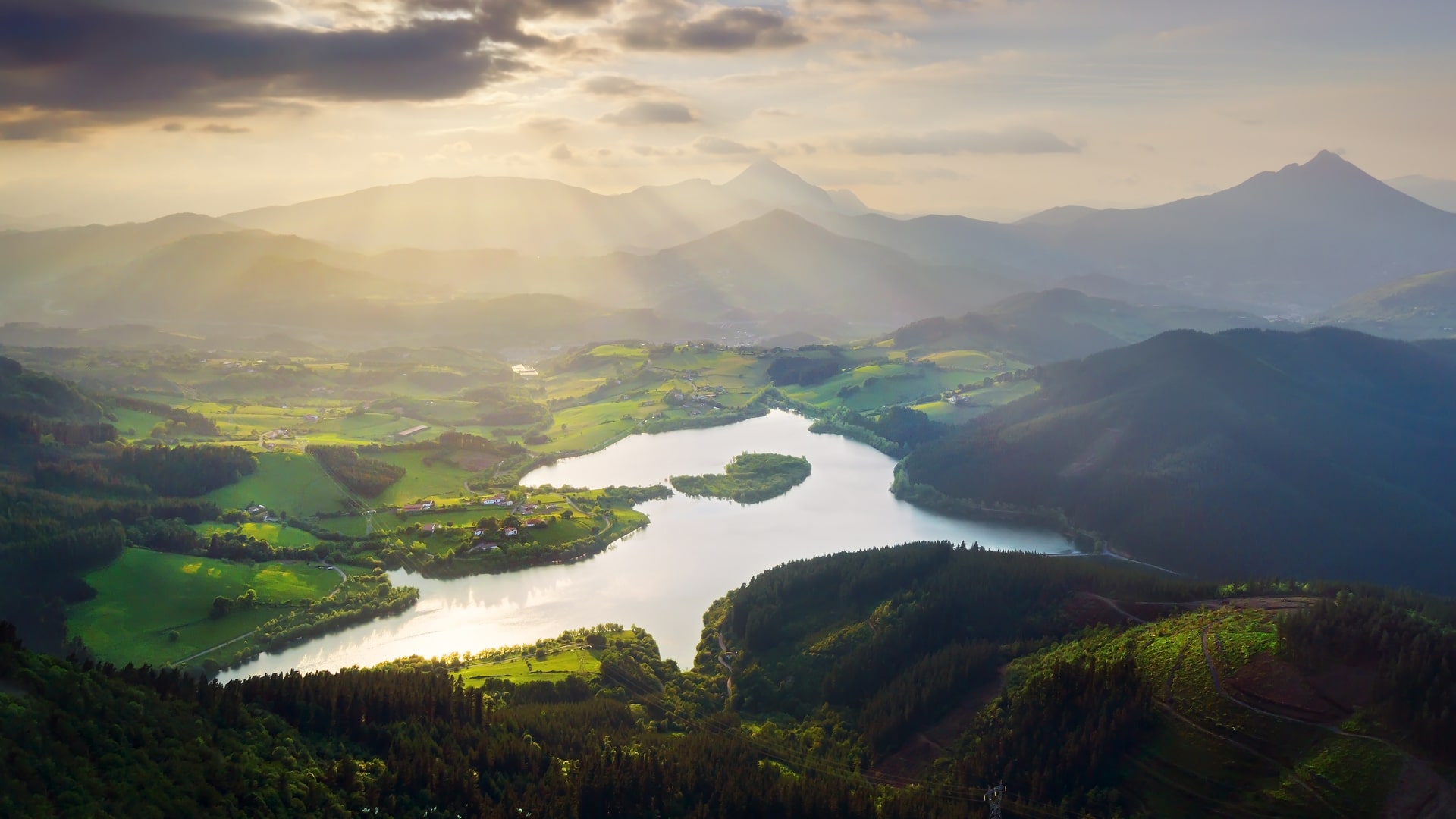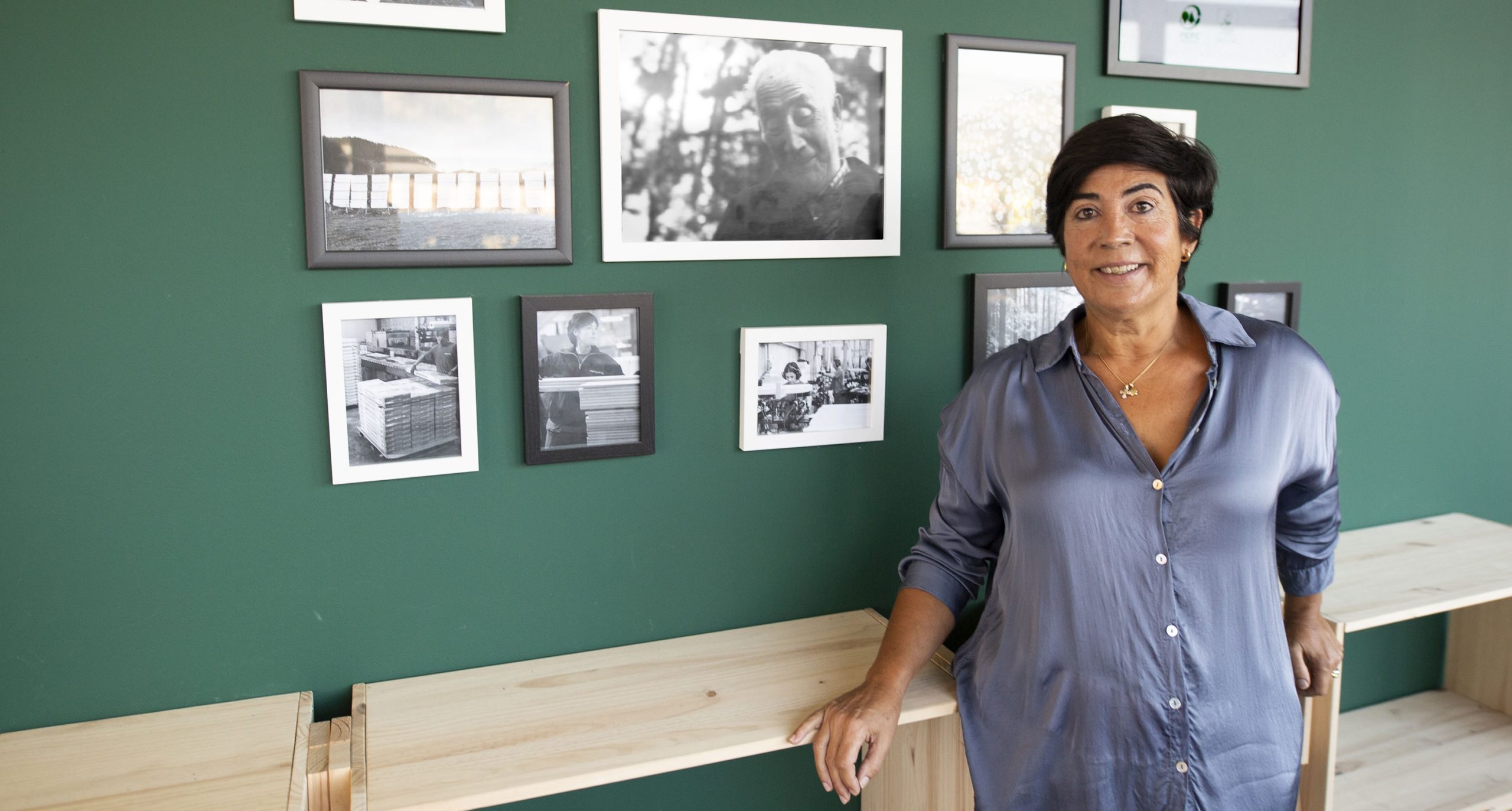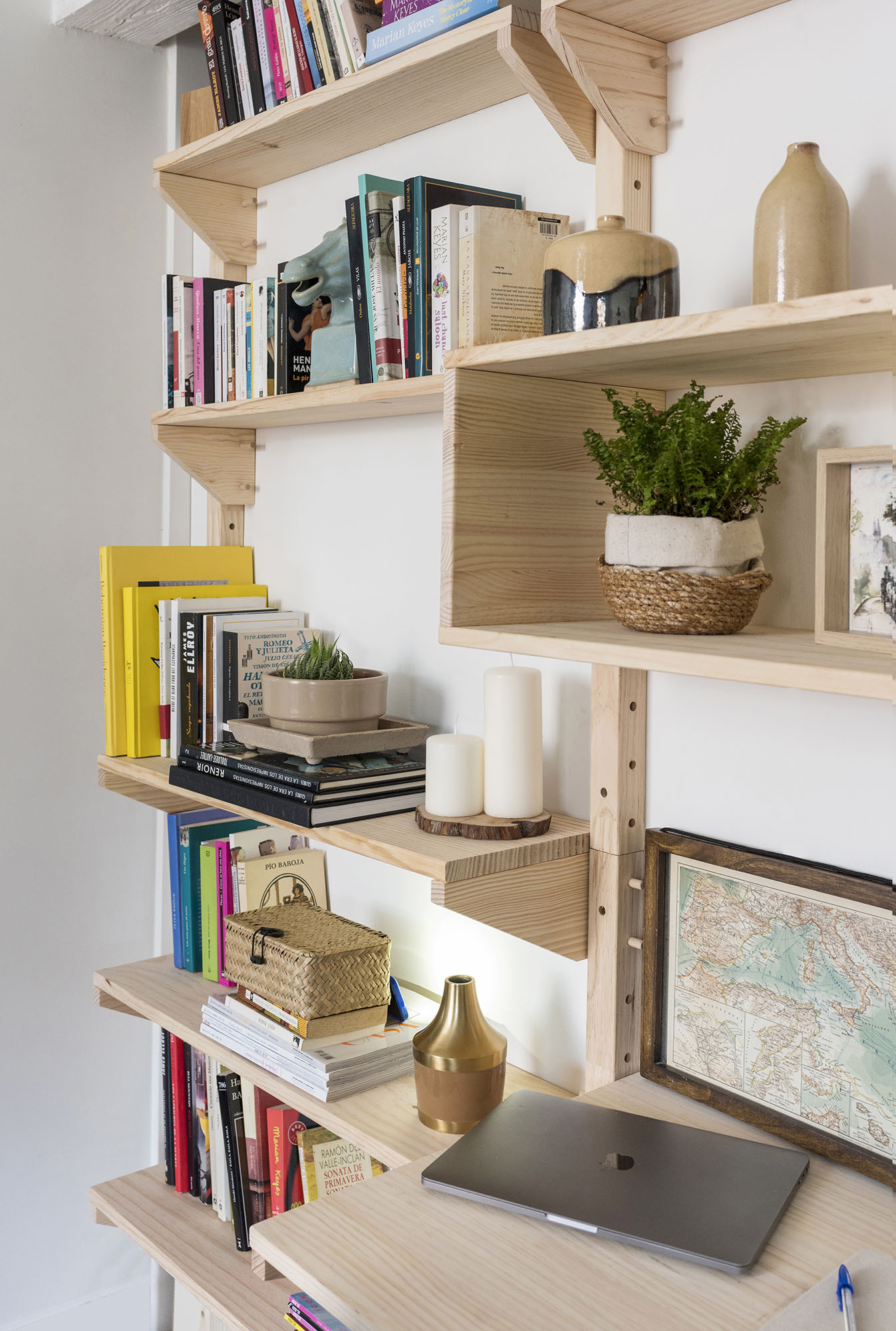Medicine may have lost another Fleming but gastronomy has gained one of the best international chefs. He was going to be a doctor, but he swapped his white coat for an apron. Pedro Subijana has been awarded three Michelin Stars, three Repsol Guide Suns, and the Golden Drum of San Sebastian. At 74, he is not thinking about retirement and just wants to “enjoy himself” and avoid any “hassle”.
He is continuing to enjoy his restaurant Akelarre, which he has taken to gastronomic heights ever since it opened in 1970, along with his 5-star luxury hotel (opened in 2017), which overlooks the Cantabrian Sea. The complex is located on a magical hillside on the coast of Gipuzkoa, in Igueldo, just ten minutes from San Sebastian, in an environment where all you can hear is silence, broken only by the sound of the sea or the branches of the trees.
An affable and warm-hearted storyteller, Subijana still has one dream left: to make his own wine. And he is working on it. The main cellar, which hides a number of priceless treasures, has now been joined by a small storage area that has been converted into a wine cellar, where the wines for Espacio Oteiza are kept. This small space is decorated with Astigarraga Kit Line’s solid pinewood wine racks. The soul of a small part of our local ecological wood rests in this haven of tranquillity with spectacular views of the Basque-French coast.
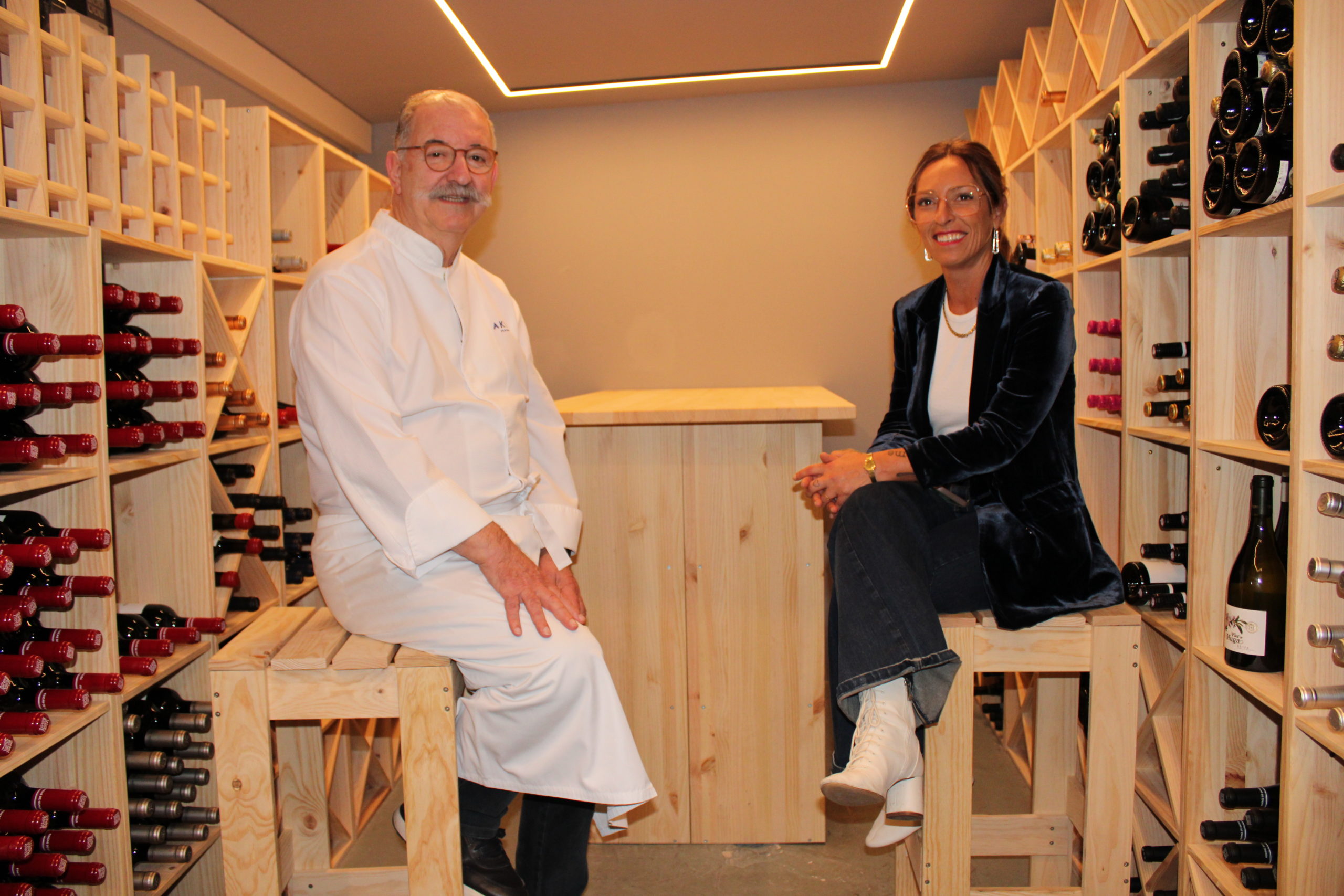
-How was the ‘Encuentro de la Gastronomía Vasca’ (Basque Gastronomy Event) a few weeks ago at the Basque Culinary Centre, and the tribute to Juan Mari Arzak?
-The Basque Culinary Centre is the smartest initiative that has been carried out in recent years in global gastronomy. It is an event to bring together all the forces at work in various types of gastronomy of different styles, as well as suppliers and producers.
-You were the driving force behind the Basque Culinary Centre…
-It’s crude of me to say it myself, but that’s how it is…
-We say so ourselves…
-I spent money out of my own pocket 30 years ago to carry out studies and the institutions didn’t pay any attention to me because they didn’t believe in it. The BCC is almost as much of a global benchmark as the Guggenheim. It has gained prestige, renown and respect, and it is growing beyond the training centre. Another section has since been created in Tabakalera for technology and now another building is going to be created for research. These three things make Donostia a benchmark throughout the world, and there is nothing else that can compete with it.
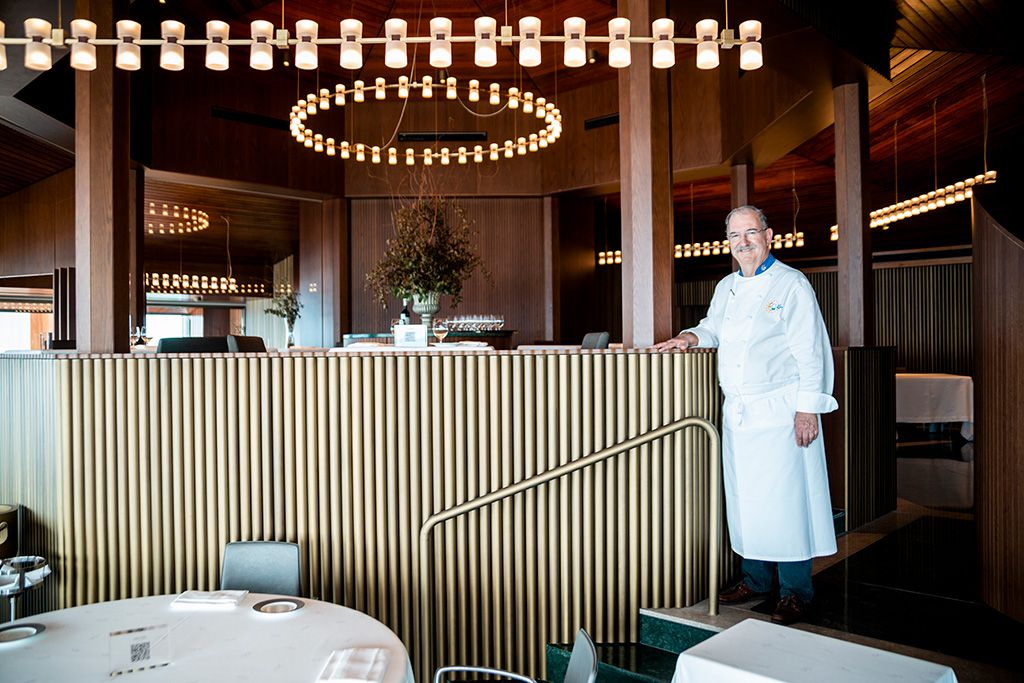
-You came from a family where gastronomy was very important…
-My grandparents were from Anglet. I knew all the restaurants in the North Basque Country. And my father—not my mother—was also a wonderful cook. He was a very good baker. I loved to help him, and the smells of those old kitchens are still engraved in my mind. We never imagined that I would study hotel management because we had no idea that such studies existed. I was going to do medicine, but at the last minute, in the summer before going to university, the family of a friend who owned a restaurant in the old part of San Sebastian said to me: “You like cooking so much, why don’t you go to hotel management school?” So I went to Madrid and then to Luis Irizar’s Cooking School in Zarautz.
-When did your friendship with Juan Mari Arzak begin?
-After my journey through various different restaurants and cities, I wanted to set up my own kitchen. My friendship with Arzak began in 1974. We were at the 1st Congress of Club de Gourmets in Madrid and there we met the famous chef Paul Bocuse, who invited us to spend a few days at his restaurant in Lyon to learn more about Nouvelle Cuisine. When we came back here, Juan Mari and I decided to get our colleagues together because the cuisine here was becoming a bit stale; it wasn’t at its best and something had to be done. This was the basis of the New Basque Cuisine Movement, which represented the first gastronomic avant-garde in Spain.
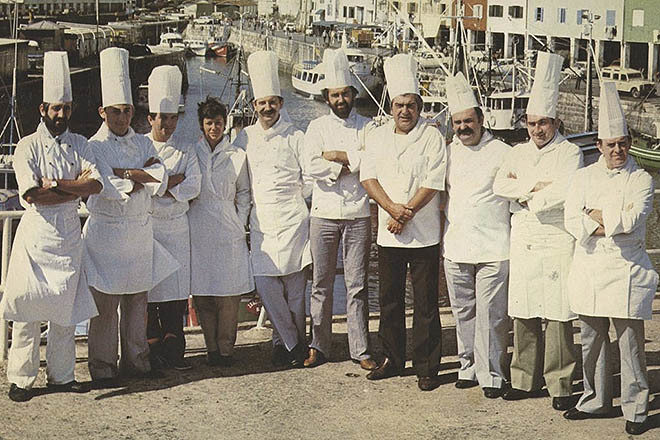
-How did you forge this feeling of non-competition (at least from the outside) among the cream of the crop of renowned chefs? Does it have to do with this new Basque cuisine?
-One of the great treasures of that white revolution of the “Perolas”, of that anarchic group but with a great warrior’s determination to take action and change things, is the relationship between the various chefs, the support and the collaboration. Of course, we have our quarrels and arguments in the backroom, but above all it is friendship that always endures. This enabled us to avoid feeling too competitive.
-What is the cuisine like at Akelarre?
-On this journey, the first thing I learned were the basics. And what were they? Basque cuisine on the one hand, and international cuisine on the other. I was lucky enough to have Luis Irizar as my teacher, but there comes a time when you want to develop your own cuisine. Back in Lyon in 1976, we started to break away and do things differently. Little by little we began innovating and getting creative, coming up with something different but maintaining the utmost respect for where we come from. One of the points of the new Basque cuisine was to research the origins of the traditional cuisine. But we became more and more radical.
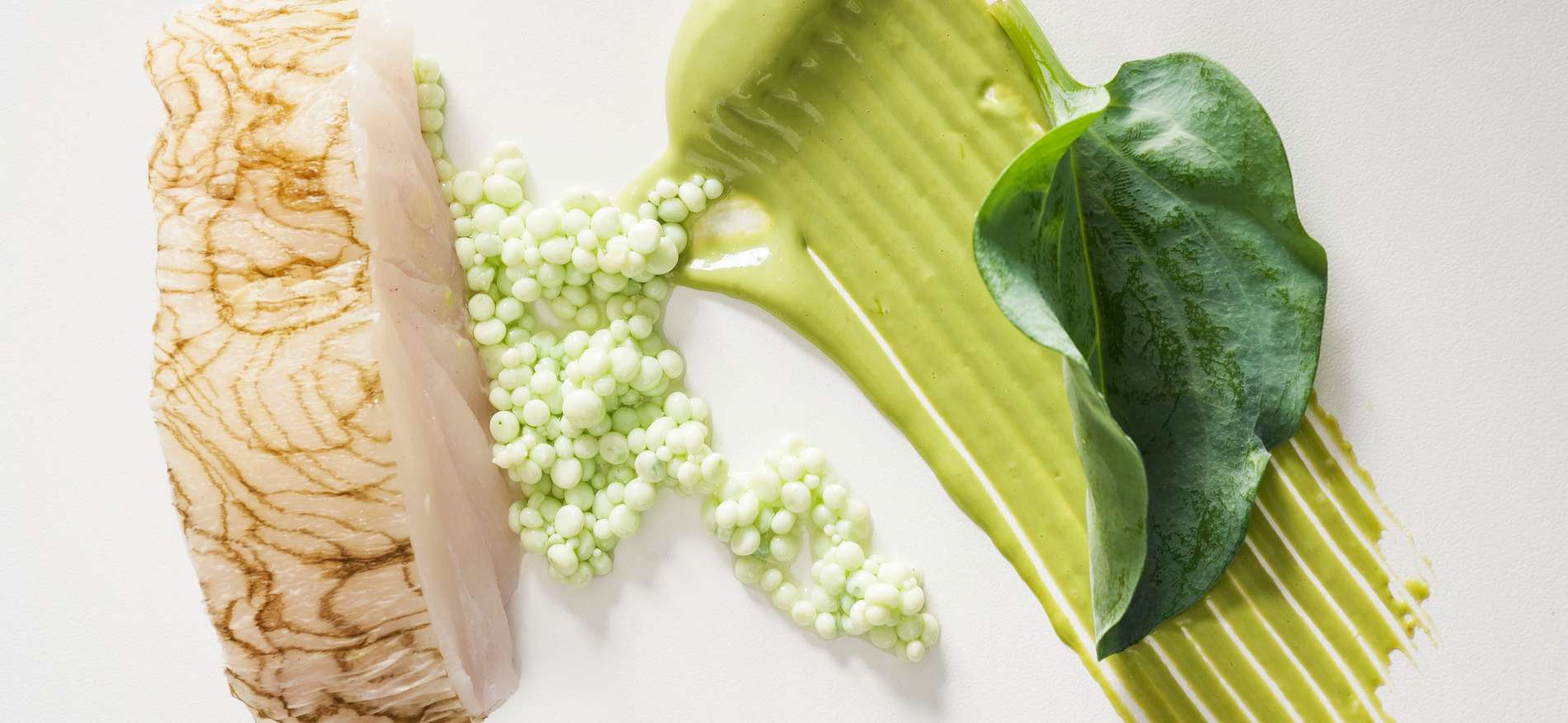
-Amidst so much avant-garde and innovation, where does the traditional cuisine come in?
-I always felt bad because, having all this innovative and avant-garde cuisine is all very well, but I questioned how we were going to show the respect that we have for traditional cuisine. I was tempted many times to set up another restaurant in Donostia with all the traditional dishes from Basque cuisine, prepared properly and in a dignified way. I didn’t do that in the end, but when we opened the hotel and a second restaurant, I thought, this is my time! And we created Espacio Oteiza, where, in addition to updated dishes, we also have the classics. And so I am more satisfied.
-At Astigarraga Kit Line, the wood we use for manufacturing is of local origin, extracted from the forests of Gipuzkoa and Bizkaia. Do you tend to make the Akelarre products with local ingredients? Or is it difficult to prepare dishes using only zero-kilometre products?
-The “0 kilometre” initiative is essentially a marketing story. No one can use only the products in their environment. However, you do have to try wherever you can to prioritise the highest quality products you can find in your environment, to work in partnership with local producers and to bear in mind that prices have to be fair, so that they can live as we do. We can’t be taking 20 cents from a local housewife who gets up at four in the morning to pick the lettuce and make it look nice. And apart from that, if you have to bring in some product from elsewhere, because you like it, or because something has arrived for you to try, or you believe that you can get it in good condition, there is no need to say no.
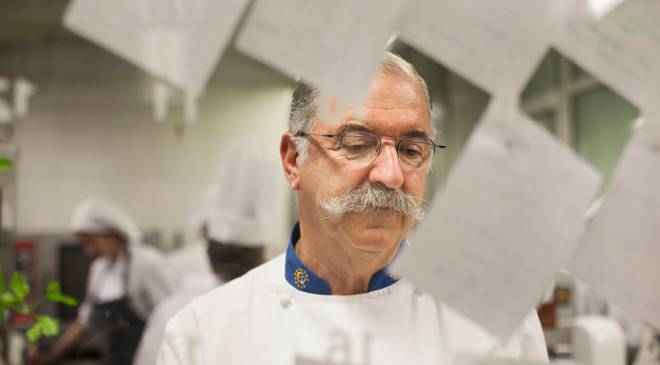
-How do you research, create and innovate? Where do you get your inspiration?
-There is no formula. I think creativity is anarchic, there are not too many methods. It can emerge from anywhere. I have a favourite phrase from this area: “why not try a different way?” This is how we have often managed to innovate. You’re sleeping and suddenly you wake up with an idea, “why don’t we try this, or that?” You’re not usually working on just one thing, you’re working on various things at the same time, because if, out of 100 tests, one dish works, I’d consider that a success.
-Tell us about the role of wine in Akelarre.
At the beginning, as I could not afford anything else, I had a waiter who acted as a sommelier, but he wasn’t very well trained. And I, who had no training either, but had travelled the world a lot, was in charge of the wine list. I used to buy and manage the wine, and then after a while we hired a sommelier, Juan Carlos Muro, and then a second one, Ciro Carro. And in summer we took on a third person. Wine is very important. I usually tell my sommeliers that if they do a tasting, just put a little bit of everything because, while the pleasure of food increases the more you eat, if you overdo it, the opposite happens. If at the end of the meal you feel stuffed, the pleasure is over.
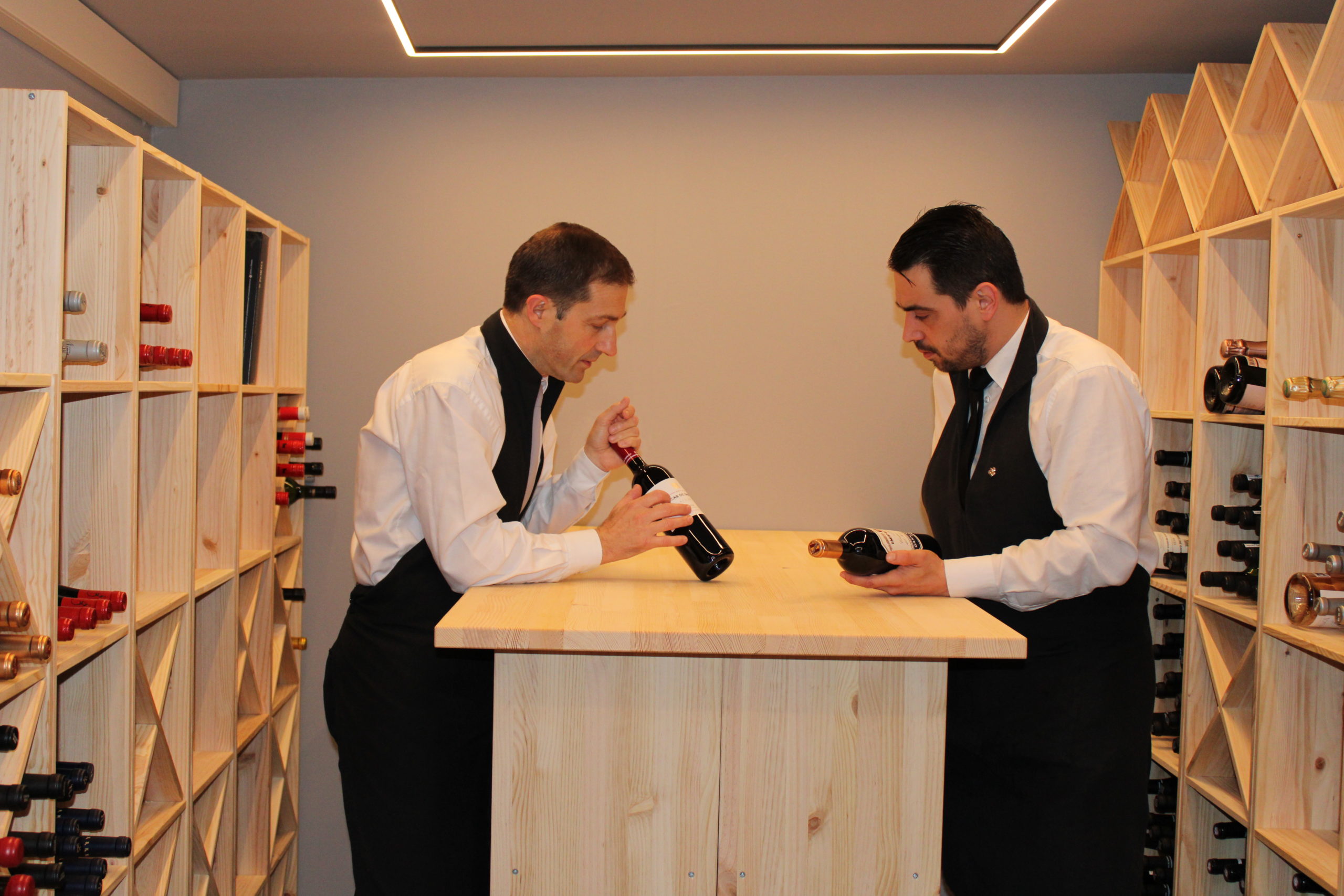
-The Akelarre wine cellar houses the Akelarre Restaurant’s most special wines and some of the best wines from around the world. What treasures can be found there?
-We have wines from all countries: the United States, South Africa, Nordic countries, Australia, Basque wines from La Rioja Alavesa… Real jewels that are worth a fortune, are very difficult to obtain and have a lot of history. All styles must be represented and all palates must be satisfied. I am a fan of Château d’Yquem from Bordeaux. I celebrated my Michelin stars with this wine, which is the most expensive and special sweet white wine in the world.
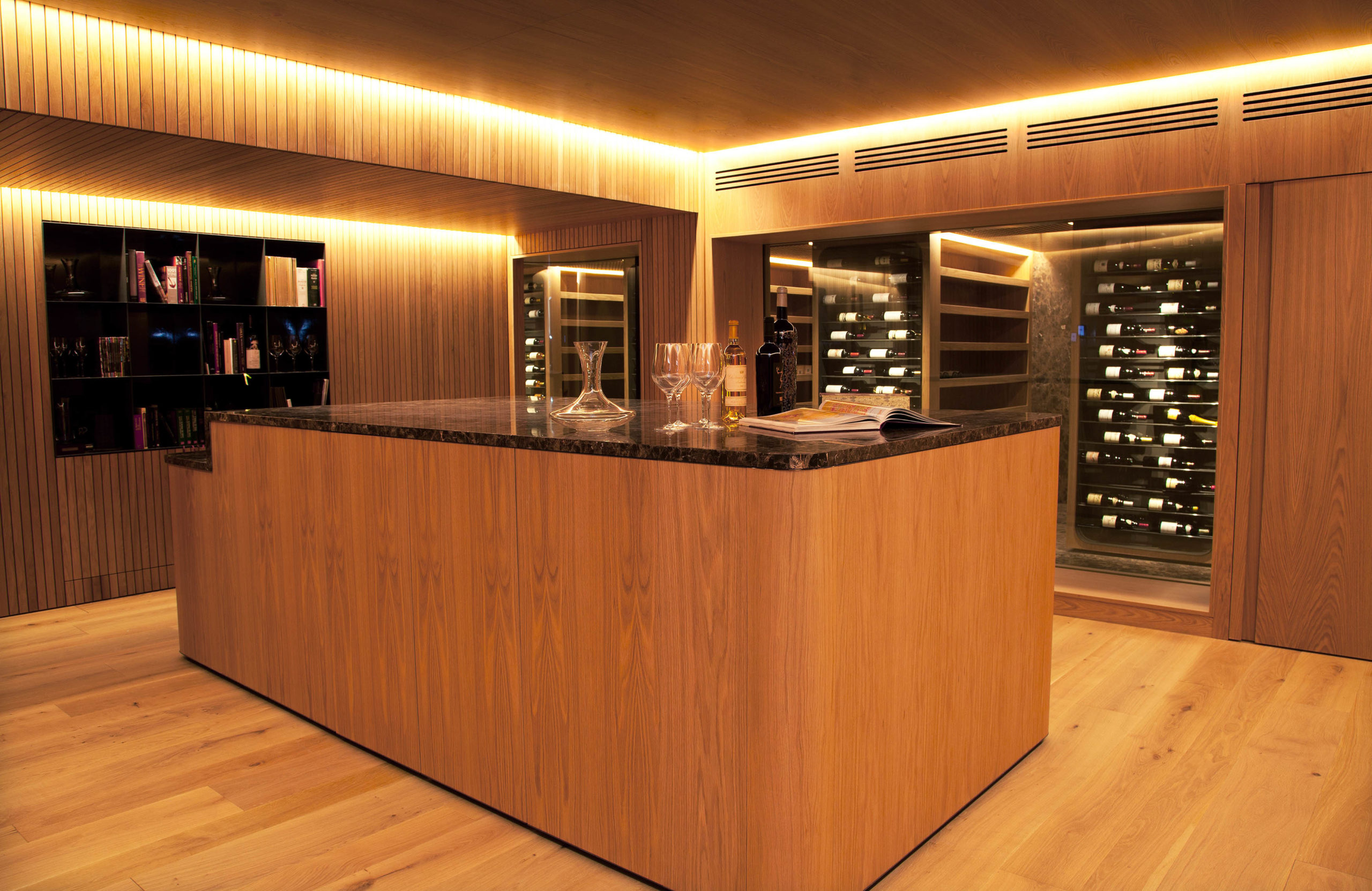
-Any anecdotes with a particular wine?
-I remember I had a bottle of Romanée Conti stored at home and there was never an occasion important enough to open it. One fine day when we had bought another house, I opened it and the wine had gone bad, it was ruined. I had previously asked the winery what that 1973 bottle could be worth and they told me 200,000 to 300,000 pesetas. Then I open it, and all of a sudden it’s worth nothing.
-Is there no guarantee?
-I didn’t know it then but it does exist. If you open a bottle from a major brand and it’s bad, you can keep that cork and go to the winery and they will usually change it for another one. I poured it down the sink.
-Which wines are stored in the space that has been furnished with Astigarraga Kit Line’s ecological natural wood wine racks?
-We made this wine cellar for Espacio Oteiza, which is a bar-restaurant where we serve breakfast and offer terraces where you can enjoy an aperitif. In the main cellar there are some real gems that need to be properly looked after. In the end we saw that there were too many people going in and out of the wine cellar and it was too difficult to control, so we decided to turn this storage area into Oteiza’s winery. Our wine list here is more limited than the one at the Akelarre restaurant. But if a customer asks for something of a higher quality, the sommelier will offer it.
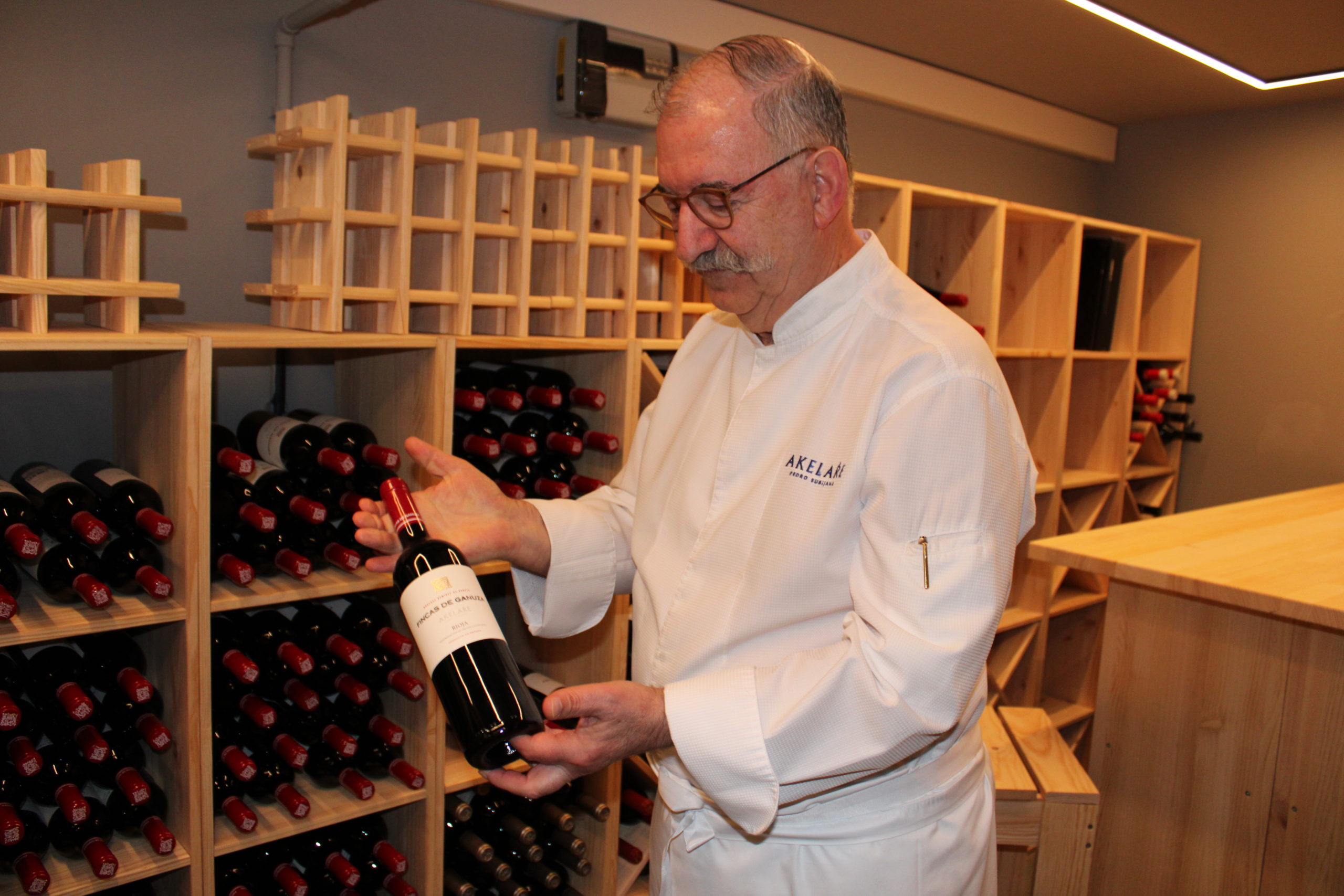
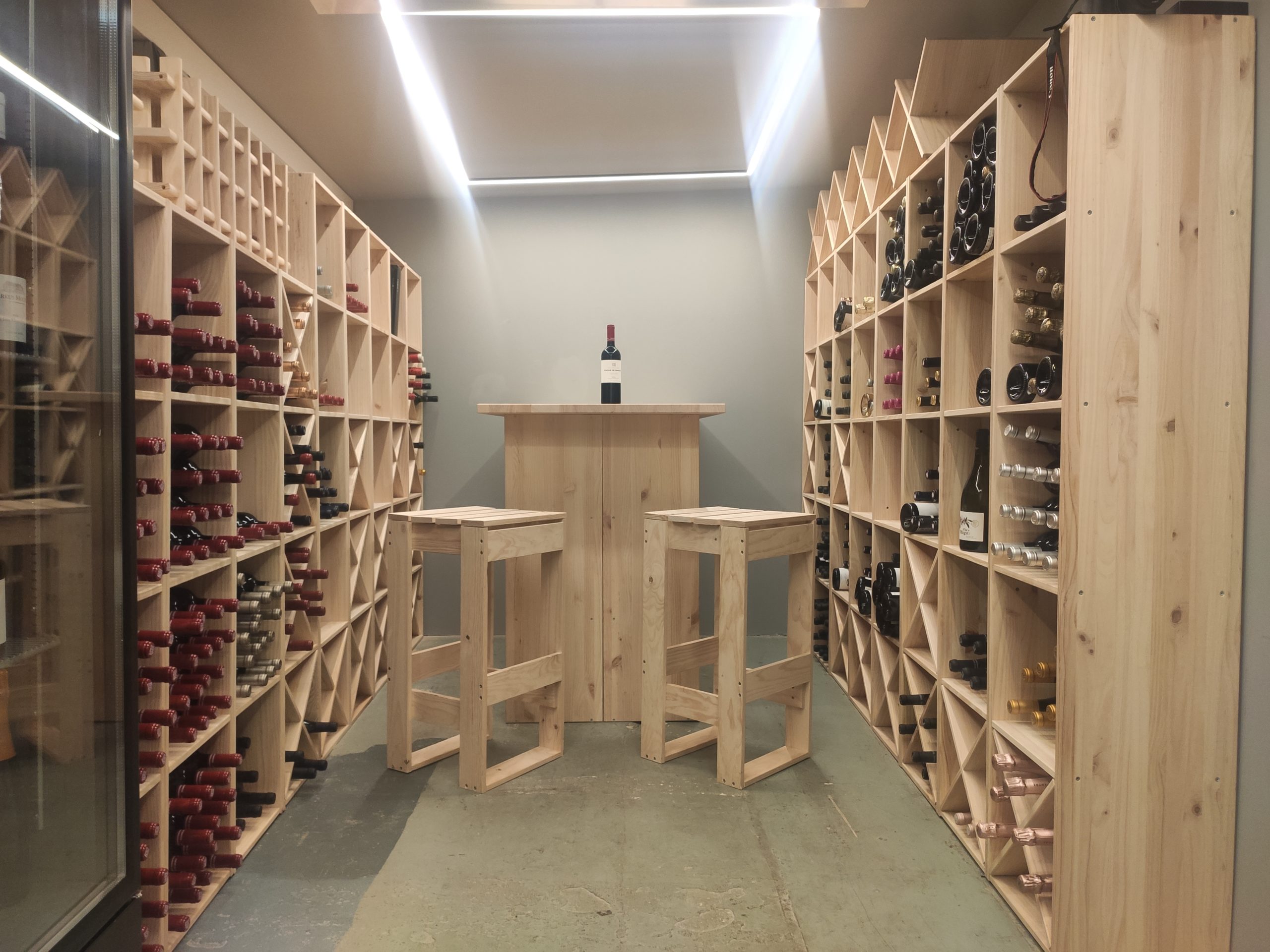
-If you were to try your hand at winemaking one day, where would you do it? And with which type of wine?
-I’m now going to tell you another story. The Urtasun family, our partners, are owners of the Remirez de Ganuza winery. I have talked to José Ramón Urtasun about making a wine to our taste. We are neither oenologists nor winemaking experts, but we are experts in knowing what we like. I am not a fan of this trend of overly dense, strong wines. There are other wines, such as those from Burgundy, that are lighter, but very aromatic, perfumed with certain nuances that French wines have but Spanish wines do not. I don’t mean better or worse, just different nuances.
-So, is it going ahead?
-Yes. They have already brought me some tests they have done. Pinot Noir, the main grape of Burgundy, does not exist in La Rioja, but other variants can be obtained to achieve a more pleasant wine, which can be tasted without having to chew, to accompany different foods.
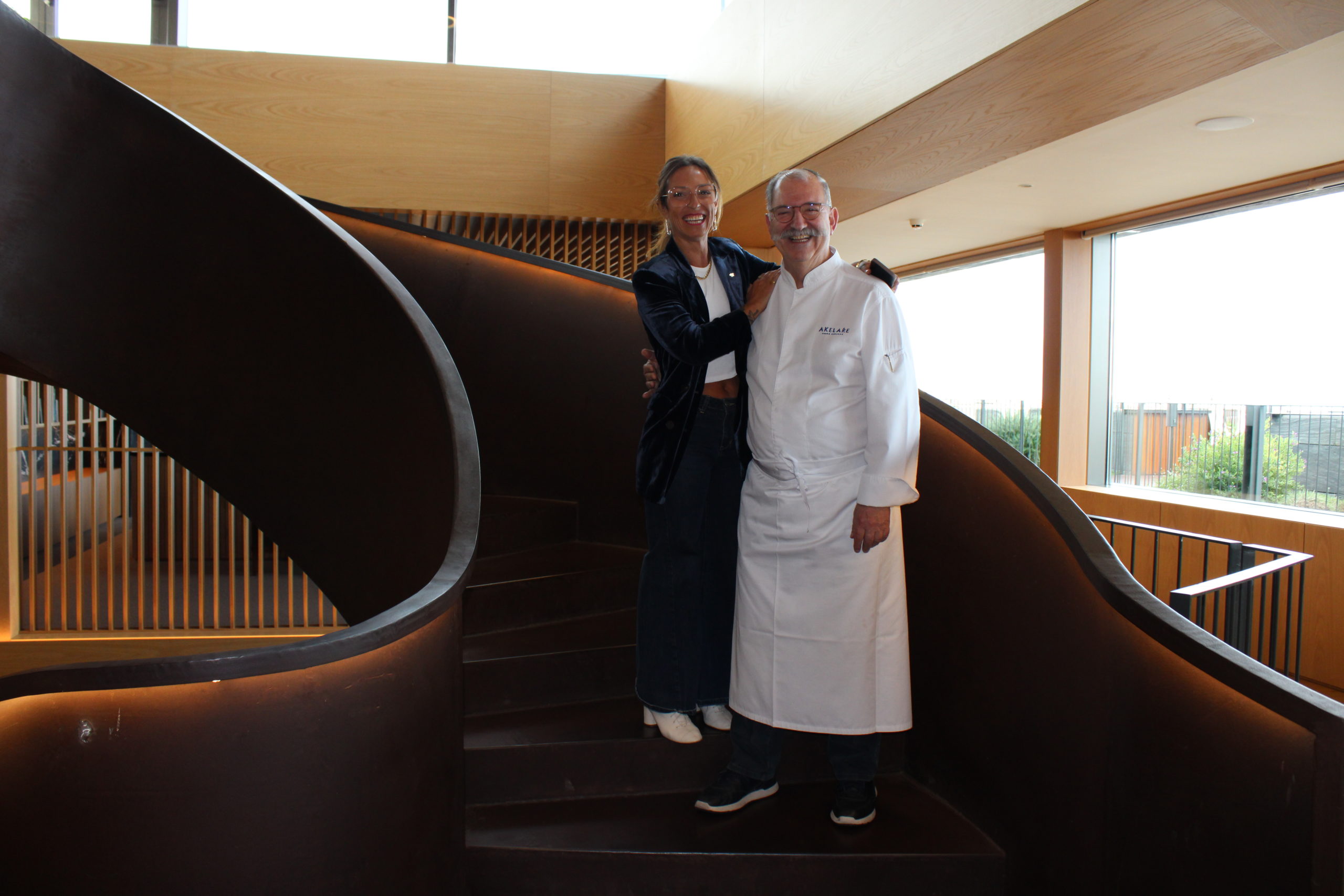
-Akelarre was awarded its first Michelin star in 1978, its second in 1982 and then its third in 2007. In 2015, it was awarded the Golden Drum from the city of San Sebastian. Are there any dreams you have yet to fulfil?
-What I want to do now is to enjoy Akelarre. I have no intention of retiring. I am passionate about my profession. What I do intend to do is avoid any major hassle. I mean, I’ve been working since 1975, and with everything I’ve worked on since then, at this point I just want to enjoy myself. There are some things that I don’t like doing very much, or not at all. For those kinds of things I have surrounded myself with a wonderful team: human resources, management, head waiters, etc. And I also threaten them: “if you come back to me with any more hassle, you’re on your own and I’m out of here.” Maybe that is what they want (laughing…). I wanted this to last after I’m no longer here. I have people who have been there for 15, 30 and 40 years and I don’t want everything to disappear the day I’m gone. We tried to turn it into a two-family business, not a family business, so that it would last and the people who are working here could continue to do so.
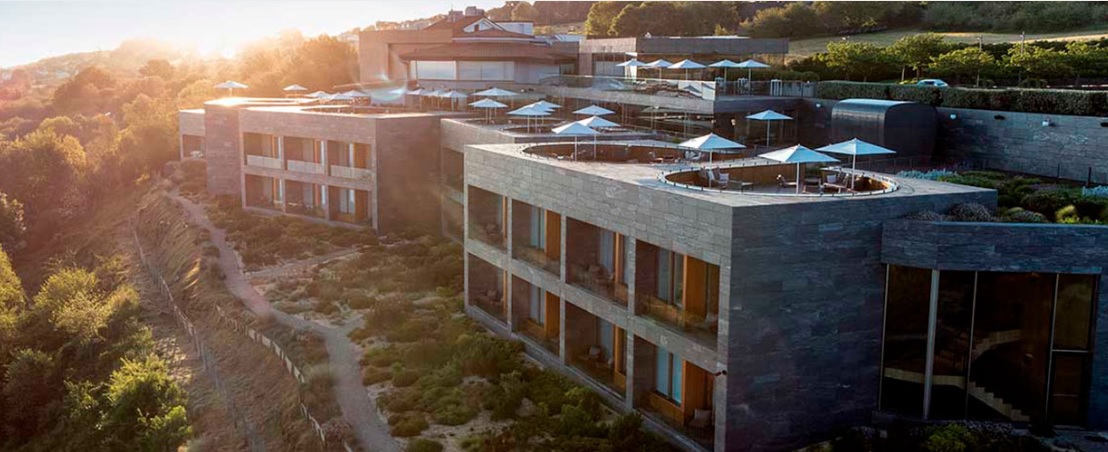
-There are many hotels with wonderful views. But hotels with a paradise in front of them and their own 3 Michelin star restaurant, do any others exist?
-I would never dare to say that I am a one of a kind… Maybe there is, but I don’t know of them… And besides, of all the things you mentioned, we also have the city of Donostia.
During the interview we were joined by Pedro’s daughter, Oihana Subijana, a graduate in Industrial Design and manager of Hotel Akelarre. How do you think things have gone since opening in 2017?
-It was the best thing we could have done, it’s running very well. We were a bit scared, because it is the second 5-star hotel in Donostia. But we are delighted because it is the perfect complement to the Akelarre Restaurant. From a dance floor where the glasses are shaking on the table, to rooms, a spa, the Oteiza restaurant… We can now offer the customer a complete service. From the beginning, most of our customers have come from North America, 40% of them. This is followed by the United Kingdom, France and, in third place, Spain.
-Do you have a headline to define this luxury hotel?
-There is a term that is used a lot in Relais&Chateaux, an association that we are members of, which defines experiences as “delicious journeys”. That is what we aim to offer at Akelarre.
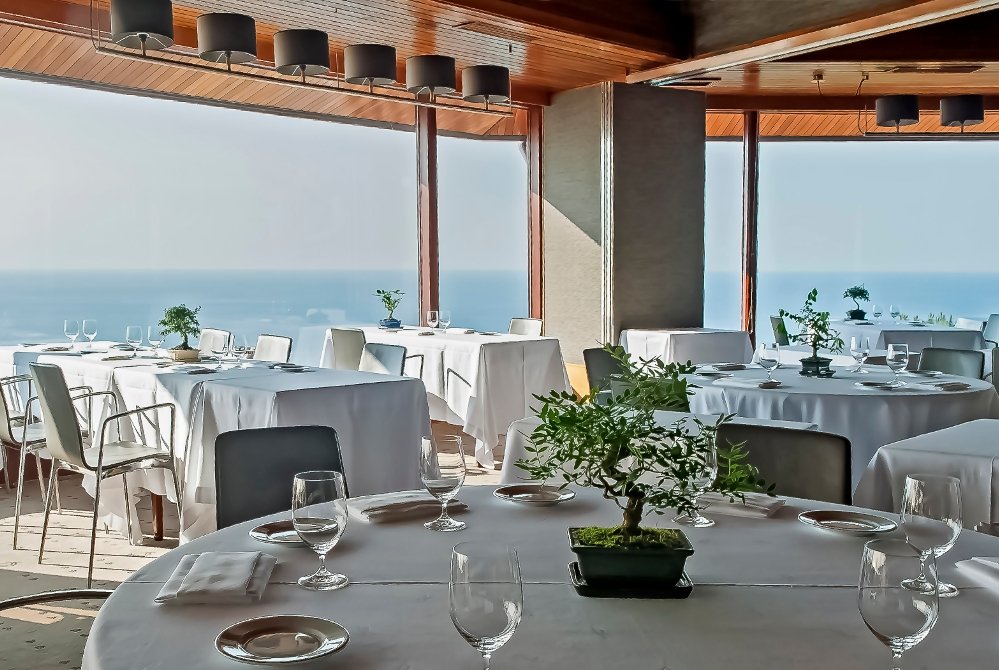
-You can go on the website and get lost in a world of experiences. If you had to choose three delightful journeys…
-A deep wellness treatment at the spa, lunch at the Akelarre restaurant and dinner at the Oteiza. There are many times where we expect customers to come and spend a long time visiting Donostia as well, because we also want to sell the destination, not just the hotel; we propose a lot of activities but then they just want to stay here. They spend the morning or the afternoon at the spa, have dinner at Oteiza, go to sleep in their suite with a private pool, enjoy a wonderful breakfast the next morning, and then have lunch at Akelarre.
-Tell us about Espacio Oteiza… The success of the summers and the good weather…
-What made it take off was the pandemic: the first thing they allowed people to do was to go to terraces. People felt very safe being in such a large space in the open air. It became known by word of mouth… Except for breakfast time, from 12 noon to one in the morning you can come and have a snack on the terrace, enjoy lunch or dinner, try the cocktails made by our barman, Patxi Troitiño, while gazing out at views of the sea…
